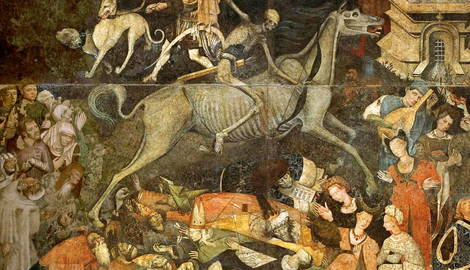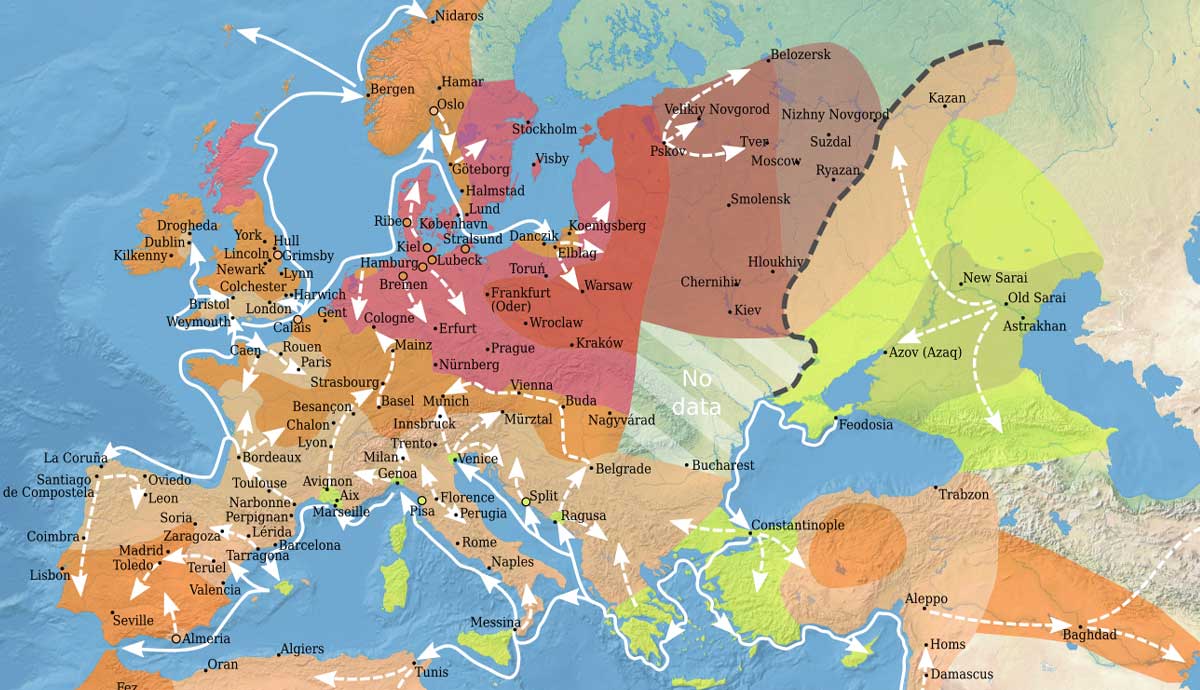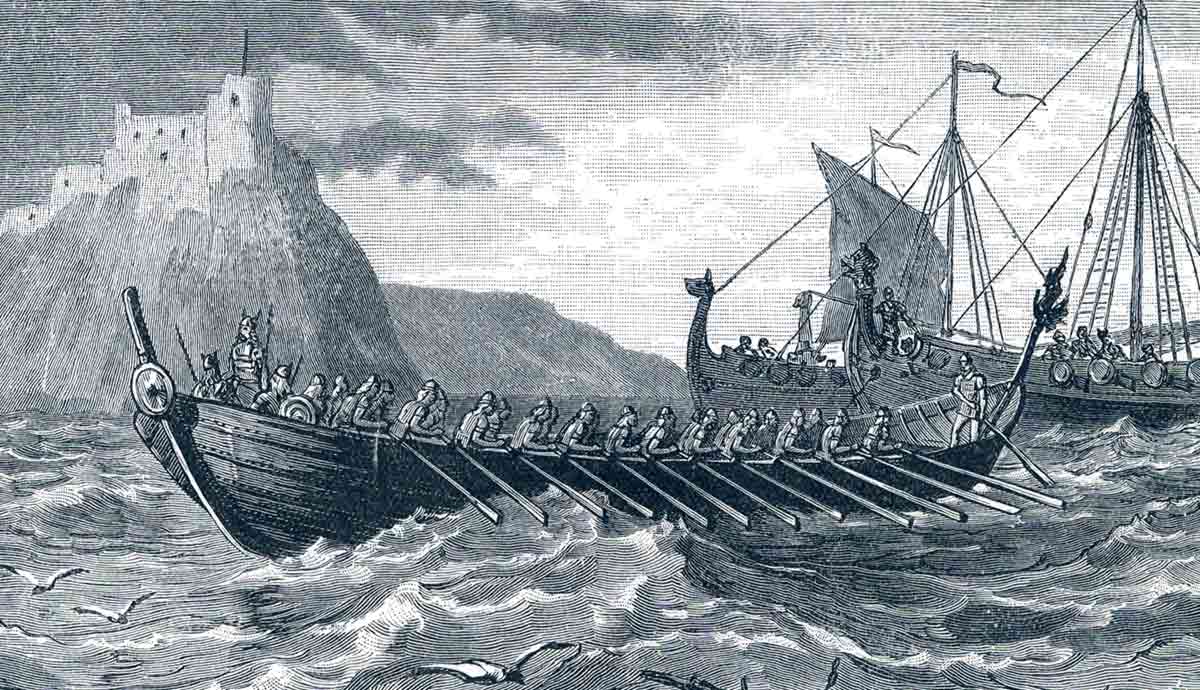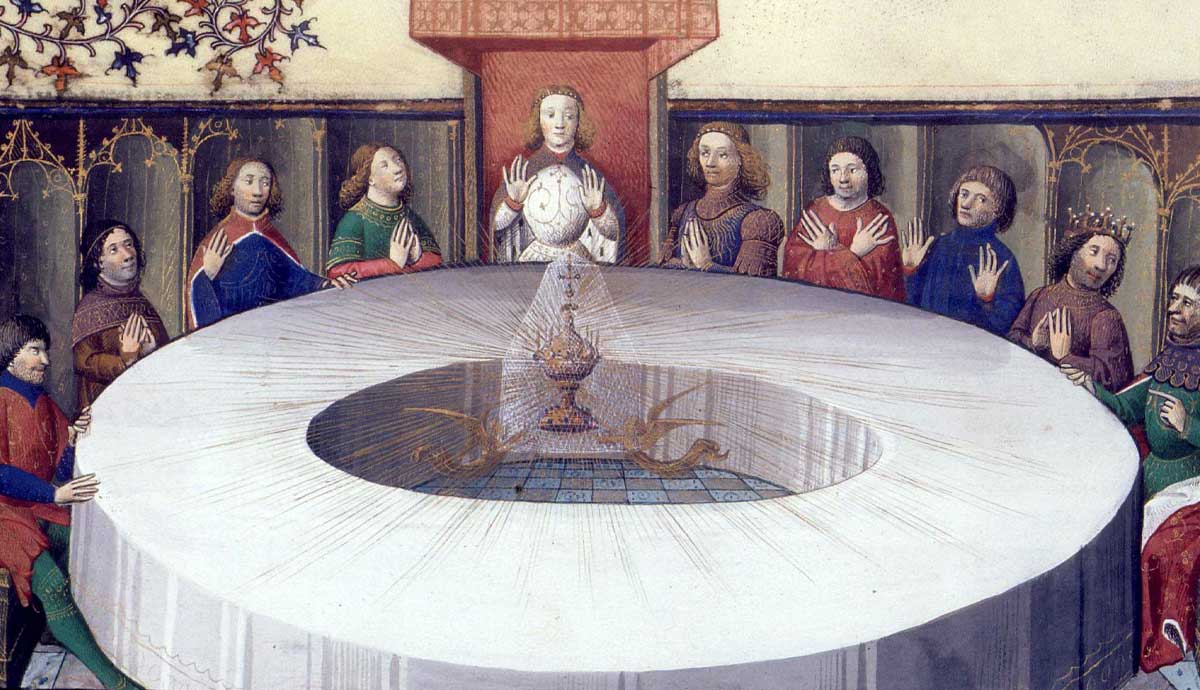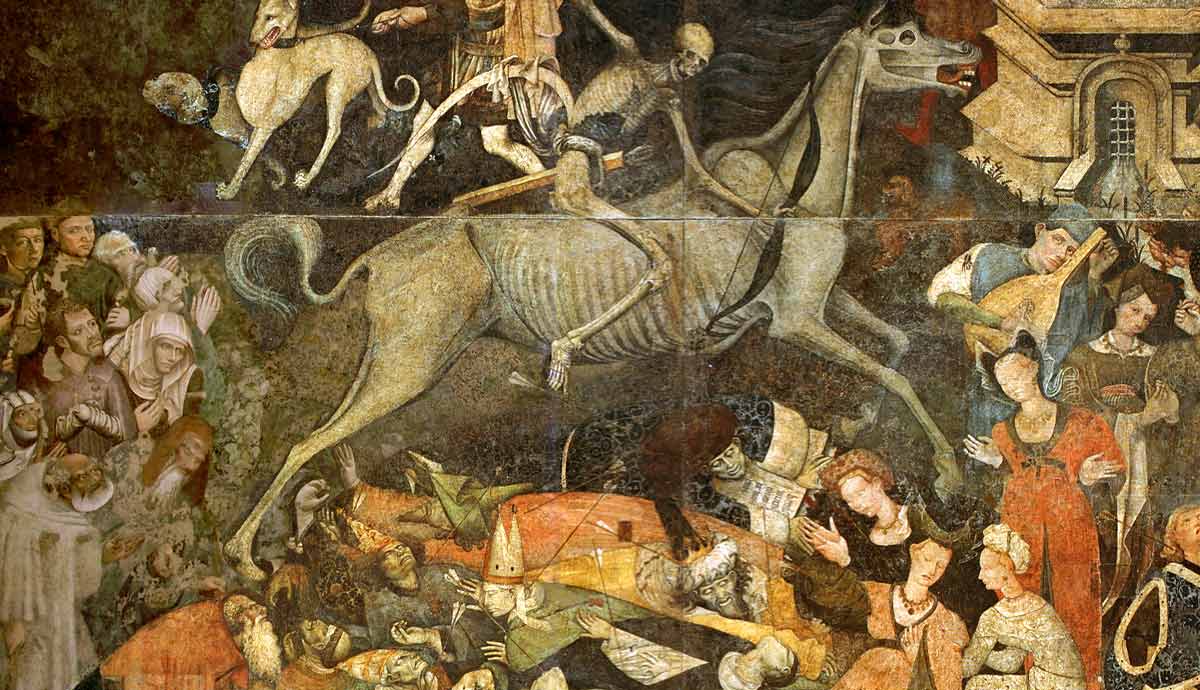
The Black Plague, also referred to as the Black Death, stands as one of the deadliest pandemics ever recorded in history. It started to spread in Europe and Asia in the mid-14th century and killed millions of people before it finally subsided. Because medieval records are incomplete, exact figures are impossible to find. However, modern scholars estimate that between 75 and 200 million people died across Eurasia and North Africa over the entirety of the epidemic. The scale of the catastrophe altered the socioeconomic and cultural structures of many affected regions.
When the Black Plague Reached Europe

The disease reached Europe in 1347 and wiped out an estimated 30 to 60 percent of the continent’s population during the first wave. Some historians place the figure to be as high as 50 million deaths. The plague was caused by the bacterium Yersinia pestis which likely entered the continent through the port of Kaffa in Crimea. Genoese trade ships are believed to have brought the bacterium from the Black Sea to the port. Many of the occupants of the ships were fleeing a siege in Kaffa in which the Mongols catapulted infected dead bodies across the wall as a form of biological warfare to infect the occupants. The ships carried infected bodies and people. From there, the scourge reportedly spread rapidly along commercial routes to devastate cities and countryside alike in the region.

That said, mortality rates differed by location. Places with dense populations and poor sanitation faced especially high losses. Florence, the capital city of the Italian region of Tuscany, for example, saw its population fall from over 110,000 people to roughly 50,000. In Siena, the loss was so great that the city abandoned its cathedral expansion. In cities like Paris, half of its 100,000 residents died from the disease, and in northern Europe, cities like Hamburg and Bremen lost up to 70 percent of their people. In England alone, estimates suggest a death toll between 40 and 60 percent of the local population.
In What Forms Did the Plague Manifest?

The Black Plague manifested in three main forms. The most common form was the bubonic plague which produced swollen lymph nodes called buboes. It was also characterized by high fever and extreme fatigue. Its death rate ranged from 30 to 75 percent without treatment and victims often died within a week. The pneumonic form which infected the lungs, was far more contagious. With a mortality rate between 90 and 95 percent, it left few survivors. The third and most lethal variant was the septicemic plague. In that form, the bacteria entered the bloodstream directly. The septicemic plague was almost always fatal and could kill victims within hours.
Regions Affected – Outside of Europe

The Black Plague did not stop at Europe’s borders. It spread to the Middle East and North Africa. There, the infection wiped out nearly a third of the population in those regions. It reportedly reached Alexandria in late 1347 before moving on to Cairo. The human cost was staggering. Damascus fared no better. At the peak of the pandemic, records show that the city was losing up to a thousand lives every day due to the sickness. Eventually, the disease found its way to Mecca, likely brought there by pilgrims.
In Asia, however, the story was murkier, especially when it comes to China. History records show that China’s population fell sharply during the 14th century. What is disputed, however, is whether the plague was the direct cause of the population decline. The problem lies with the official accounts from the Yuan Dynasty which failed to track diseases with any real detail. Instead of the plague, Chinese records from the era point to other culprits such as widespread famine and social unrest.
Social and Economic Effects

The Black Death’s long-term effects caused significant socioeconomic changes. The sharp population decline also triggered a labor shortage and accelerated the end of the feudal system. This is because the situation enabled surviving workers to negotiate for better wages and conditions due to rising demand for workers. Because workers could now demand higher wages and better work conditions, serfdom systems began to dissolve. Many peasants also left their manors for new opportunities in towns and cities further moving the economy from one based on land to that based on money.
The Church which was unable to explain or stop the plague also saw a decline in its credibility and saw its authority weaken. The weakness, in turn, led to a rise in secular groups and new religious movements. The disease ceased to be a menace following the discovery of its cure by scientist Alexandre Yersin in 1894.
